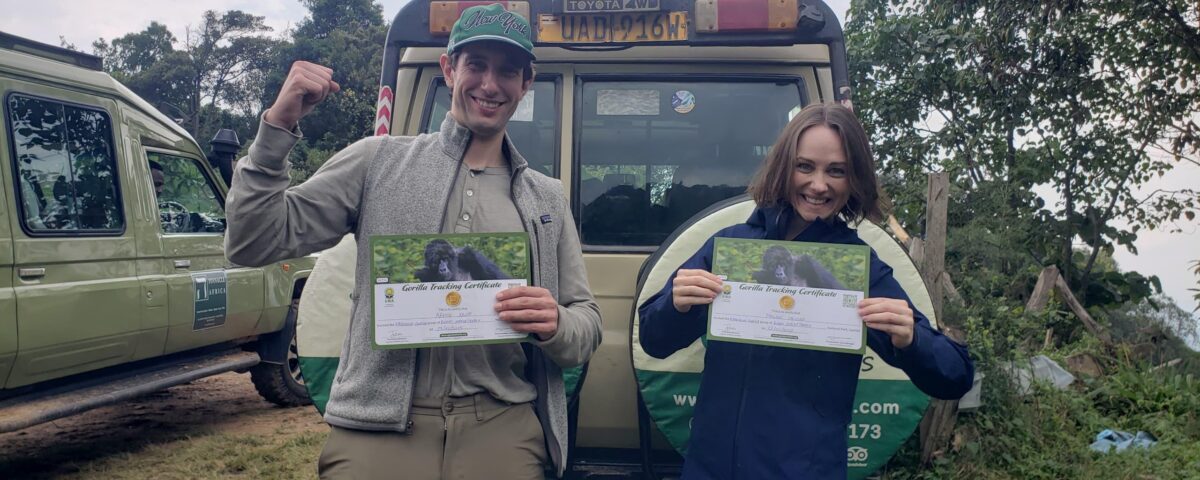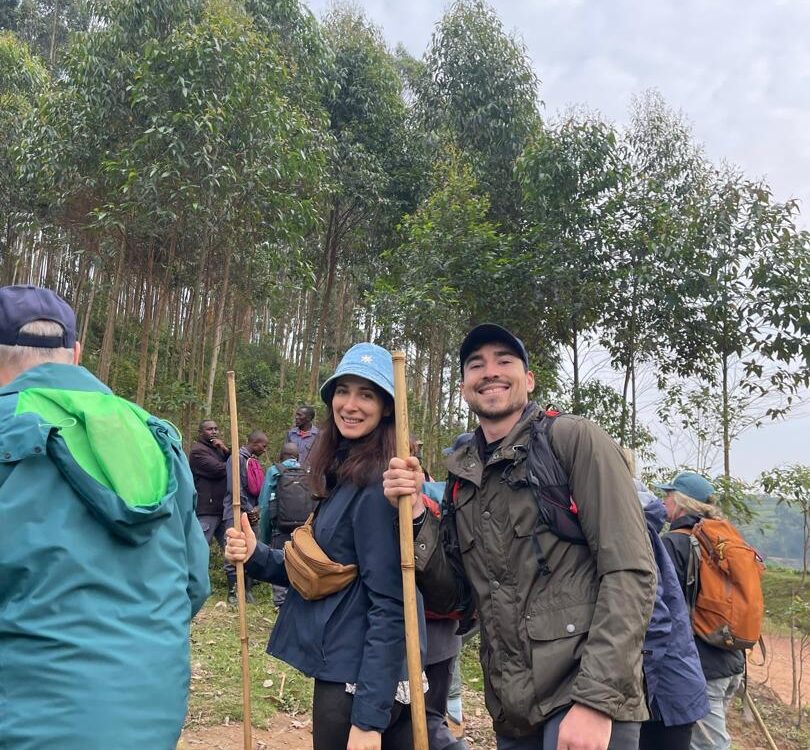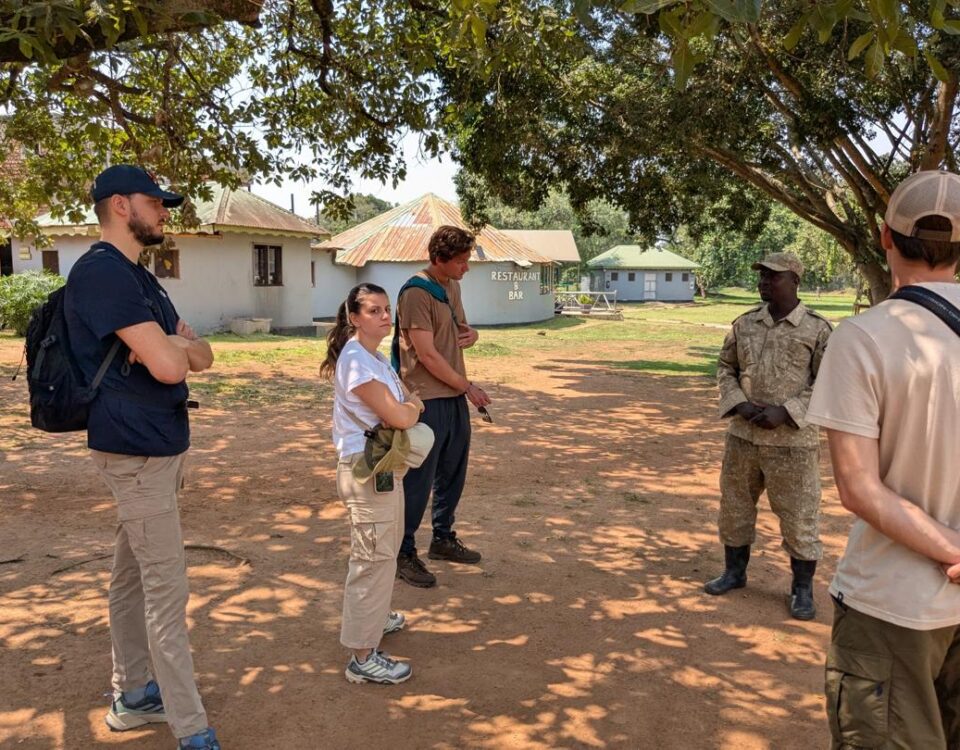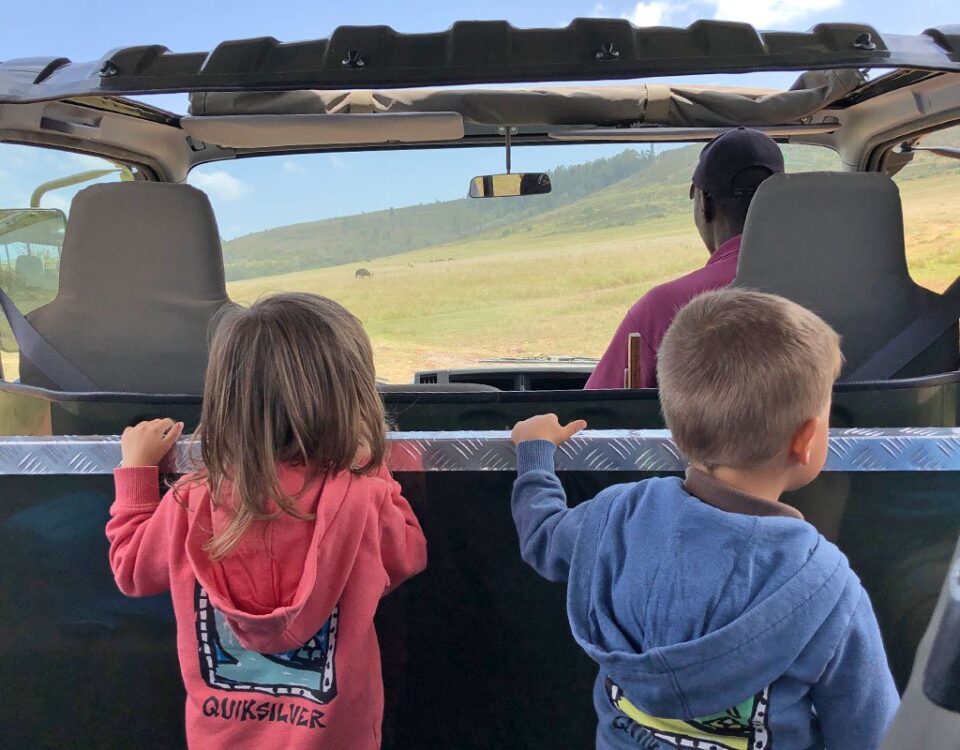What Are the Closest Airports to Bwindi and Mgahinga?
April 22, 2025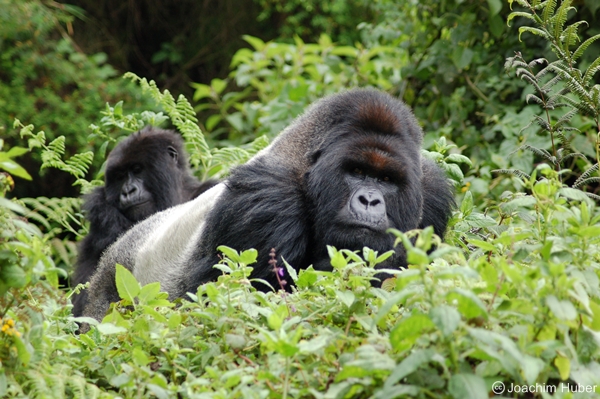
Should I Carry My Own Water and Snacks for Uganda Gorilla Trekking?
April 22, 2025How Fit Do I Need to Be for Uganda Gorilla Trekking?
Gorilla trekking in Uganda is an exciting and unforgettable experience, but it’s important to be prepared for the physical demands of hiking through dense forests and steep terrains. A common question we receive from travelers planning their Uganda safari is, “How fit do I need to be for Uganda gorilla trekking?” The answer depends on several factors, including the trekking route, the altitude of the area, and your overall fitness level. In this guide, Tubale Safaris Ltd, your trusted Uganda tour operator, will explain the physical requirements for gorilla trekking and how to best prepare for this once-in-a-lifetime adventure.
Uganda Gorilla Trekking Safari Packages and Tours
- 3 Days Gorilla Habituation Safari
- 3 Days Gorilla Trekking Tour
- 3 Days Uganda Fly to Bwindi
- 5 Days Wildlife & Gorilla Safari
- 7 Days Uganda Gorilla Safari
- 8-Day Gorilla & Wildlife Tour
- 9 Days Best of Uganda Safari
- 5 Days Gorilla & Rafting Safari Uganda
- 6 Days Primates Safari Tour
- 10 Days Birding Tour Uganda
- 10 Days Uganda Wildlife Tour
- 12 Days Uganda Wildlife Tour
- 13 Days Pearl of Africa Tour
- 15 Days Uganda Safari
- 18 Days Uganda Safari
- 21 Days Birding Uganda Safari
- 24 Days Best of Uganda Tour
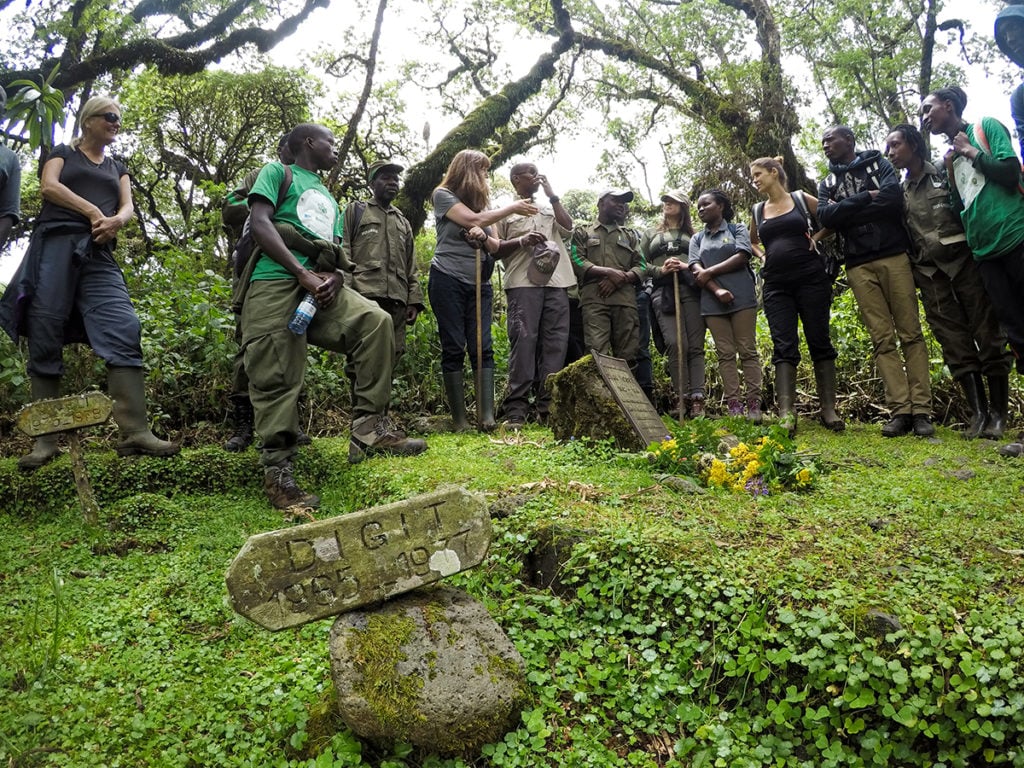
Understanding the Terrain and Challenges of Gorilla Trekking
Diverse Hiking Conditions in Uganda’s Rainforests
Uganda’s gorilla trekking takes place in Bwindi Impenetrable Forest and Mgahinga Gorilla National Park, which are known for their steep, rugged terrain and dense vegetation. The trails through the forest can be slippery and muddy, especially after rainfall, and may require you to hike up or down steep slopes. On average, trekkers may hike anywhere from 2 to 6 hours, depending on the location of the gorillas on that particular day. Some treks can even take longer if the gorillas are located deep in the forest.
Given these challenging conditions, physical fitness plays a critical role in ensuring that you can complete the trek with ease and fully enjoy the experience. If you are asking “How fit do I need to be for Uganda gorilla trekking?”, it’s important to be prepared for uphill climbs, muddy paths, and occasional bushwhacking through dense foliage. However, don’t worry—gorilla trekking does not require you to be an elite athlete, but a reasonable level of fitness is required.
Physical Requirements for Gorilla Trekking in Uganda
Endurance and Stamina are Key
For most participants, endurance is the primary factor that will determine how successful the trek is. You’ll need to be able to walk for several hours, possibly on uneven and muddy trails. While you won’t be running or sprinting, your ability to sustain a steady pace is essential, especially when trekking up steep hills or through thick forest.
Having basic cardiovascular fitness will make the trek significantly easier. You don’t need to be a marathon runner, but if you can comfortably walk for an hour or more on varying terrain, you’re on the right track. Consider engaging in activities such as hiking, walking, or cycling in the weeks leading up to your trek to improve your endurance. If you can manage these activities for 1–2 hours at a time, you’ll be in good shape for your gorilla trekking adventure.
Strength and Mobility for Gorilla Trekking
Core Strength and Leg Fitness
While endurance is important, strength also plays a role in your fitness for gorilla trekking. Specifically, having strong legs and a stable core will help you navigate steep climbs and difficult terrain with ease. As you trek up the mountains, your legs will be doing most of the work, so it’s beneficial to have some leg strength to handle the ups and downs of the forest. Exercises like squats, lunges, and step-ups will strengthen your quads, hamstrings, and calves.
Additionally, you’ll likely encounter situations where you need to balance yourself while traversing uneven surfaces, so having a strong core will help you maintain stability. Adding core-strengthening exercises such as planks and Russian twists to your workout routine will further support your trek. Your legs and core muscles will be your greatest asset as you hike through the thick jungle to find the gorillas.
Altitude and Terrain Considerations
Managing Altitude in Bwindi and Mgahinga
Gorilla trekking in Uganda often takes place at high altitudes. For example, Bwindi Impenetrable Forest sits at an elevation of about 1,160 to 2,500 meters (3,800 to 8,200 feet), and Mgahinga Gorilla National Park ranges from 2,227 meters (7,300 feet) to 4,127 meters (13,500 feet). The higher the altitude, the harder it can be to breathe, and the more physical effort it requires to ascend or descend. If you’re not accustomed to high-altitude environments, you may experience mild symptoms of altitude sickness, such as dizziness or shortness of breath. However, most trekkers do not encounter serious problems.
To prepare for the altitude, we recommend spending a few days in Uganda’s lower-altitude areas like Kampala or Entebbe before heading to the forest. This gives your body time to acclimatize. Additionally, staying hydrated, eating well, and taking it slow will help reduce the effects of altitude during your trek.
Fitness and Preparation for Gorilla Trekking
How to Prepare for the Trek
Now that we’ve answered the question “How fit do I need to be for Uganda gorilla trekking?”, here are some tips on how to prepare:
- Walk and Hike Regularly – Try to walk or hike on varied terrain, including hills, for at least 1–2 hours a few times a week leading up to your trek. This will help build endurance and strength.
- Strengthen Your Core and Legs – Incorporate strength training exercises, such as squats, lunges, and core work, to ensure your muscles are ready for the demands of the trek.
- Stay Active – Engage in any physical activity that helps improve your stamina, such as cycling, swimming, or even walking stairs.
- Practice Breathing Techniques – If you’re trekking at higher altitudes, learning how to regulate your breathing can be helpful in maintaining energy levels and avoiding fatigue.
- Consult Your Doctor – If you have any pre-existing health conditions or concerns about your fitness, it’s always a good idea to consult a medical professional before embarking on your trek.
Conclusion: Fitness for Gorilla Trekking in Uganda
In summary, how fit do I need to be for Uganda gorilla trekking? The answer depends on your ability to walk for several hours on uneven, often steep terrain. While you don’t need to be an elite athlete, a basic level of fitness is essential to fully enjoy this incredible experience. Having good cardiovascular fitness, strong legs, and a stable core will make the trek easier, allowing you to focus on the stunning wildlife you’ll encounter along the way.
At Tubale Safaris Ltd, we help you prepare for a seamless and unforgettable gorilla trekking experience. We advise all our clients to engage in physical preparation before their trip, as this will ensure a safer and more enjoyable adventure. Don’t let fitness concerns stop you—get ready for the adventure of a lifetime and the chance to see the majestic mountain gorillas in their natural habitat.

